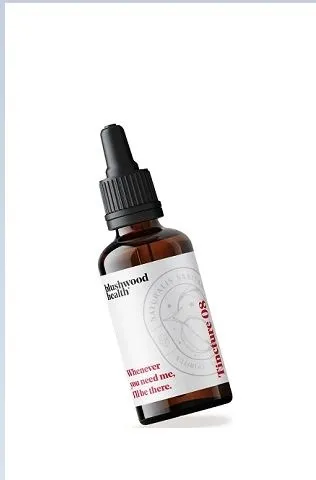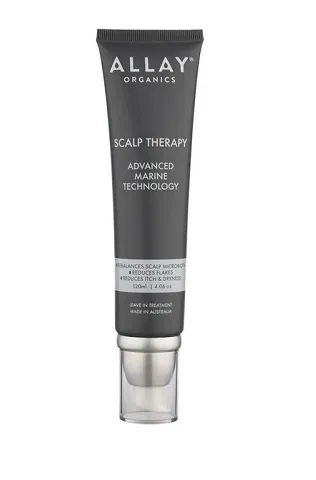Chromium:
 Chromium, a trace mineral, exists in two forms: trivalent chromium, which is safe for human consumption, and hexavalent chromium, which is toxic. Trivalent chromium is naturally present in foods and supplements and may aid in maintaining normal blood sugar levels by enhancing insulin utilization. It is used to address chromium deficiency, diabetes, high cholesterol, athletic performance, bipolar disorder, and other purposes. However, scientific evidence supporting most of these uses is lacking. It’s important to note that this discussion focuses solely on trivalent chromium and excludes hexavalent chromium.
Chromium, a trace mineral, exists in two forms: trivalent chromium, which is safe for human consumption, and hexavalent chromium, which is toxic. Trivalent chromium is naturally present in foods and supplements and may aid in maintaining normal blood sugar levels by enhancing insulin utilization. It is used to address chromium deficiency, diabetes, high cholesterol, athletic performance, bipolar disorder, and other purposes. However, scientific evidence supporting most of these uses is lacking. It’s important to note that this discussion focuses solely on trivalent chromium and excludes hexavalent chromium.
Recommended intake guidelines:
The guidelines for chromium and other nutrients are established in the Dietary Reference Intakes (DRIs), formulated by an expert committee of the FNB at the National Academies of Sciences, Engineering, and Medicine. DRIs encompass various reference values used for planning and evaluating nutrient intake among healthy individuals, which vary depending on age and sex. These values include the Recommended Dietary Allowance (RDA), Adequate Intake (AI), Estimated Average Requirement (EAR), and Tolerable Upper Intake Level (UL). The RDA represents the average daily intake level necessary to meet the nutrient requirements of almost all healthy individuals (97-98%) and is commonly used for devising nutritionally adequate diets. The AI, on the other hand, is assumed to ensure nutritional adequacy and is established when there is insufficient evidence to derive an RDA. The EAR reflects the average daily intake level estimated to meet the needs of 50% of healthy individuals and is utilized for assessing nutrient intake in both individuals and groups. The UL indicates the maximum daily intake that is unlikely to cause adverse health effects.
During the FNB’s 2001 evaluation, inadequate data prevented the derivation of an EAR for chromium. Consequently, the FNB established AIs for all age groups based on typical chromium consumption levels in healthy populations. The current AIs for chromium are outlined:
| Table 1: Adequate Intakes (AIs) for Chromium | ||||
| Age | Male | Female | Pregnancy | Lactation |
| Birth to 6 months* | 0.2 mcg | 0.2 mcg | ||
| 7–12 months* | 5.5 mcg | 5.5 mcg | ||
| 1–3 years | 11 mcg | 11 mcg | ||
| 4–8 years | 15 mcg | 15 mcg | ||
| 9–13 years | 25 mcg | 21 mcg | ||
| 14–18 years | 35 mcg | 24 mcg | 29 mcg | 44 mcg |
| 19–50 years | 35 mcg | 25 mcg | 30 mcg | 45 mcg |
| 51+ years | 30 mcg | 20 mcg | ||
*For infants from birth to 12 months, the AIs are based on the average chromium intake of infants predominantly fed human milk and, for older infants, complementary foods.
Sources: Chromium can be found in a wide range of food sources, such as meats, grain products, fruits, vegetables, nuts, spices, brewer’s yeast, beer, and wine.
Healthboost Products:
-

Organic Whipped Tallow Cream 120ml
$34.50Add to cart -

Blushwood Berry Seed Extract EBC-46 Tincture
$120.95Add to cart -

Scalp Therapy Advanced Marine Technology Allay Organics
$48.50Add to cart -

Organic Cordyceps Militaris Evolution Botanicals
$72.99Add to cart -

Turkey Tail Mushroom Super Foods
$79.99Add to cart -

Cordyceps Mushroom Forest Superfoods
$89.00Read more
[bmi]
